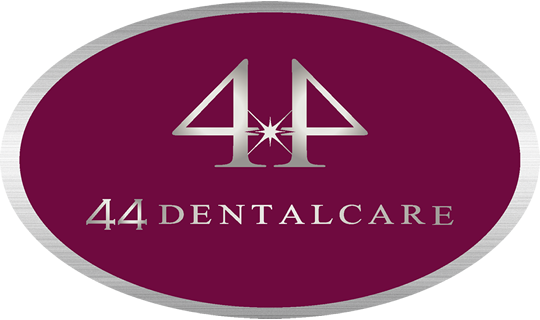A smile can attract people and put them at their ease but if you’ve got stained teeth then chances are you spend most of your time hiding your smile. If you’re embarrassed by the stains on your teeth, then the good news is that there are several options to improve them.
Before discussing how to get rid of brown stains on teeth it helps to understand more about the different types of teeth stains.
Extrinsic Stains
When most people talk about stained teeth they’re nearly always referring to extrinsic stains that affect the outer layer of tooth enamel. This is caused by smoking, as well as food and drinks that stain teeth, including coffee, tea, and red wine.
Depending on its severity, extrinsic tooth stain removal can sometimes be achieved over time with the gentle abrasive action of a teeth whitening toothpaste. However, if this isn’t enough, your dentist may be able to help with a tooth cleaning and polish treatment
Having got rid of any extrinsic stains you’ll need to change your lifestyle habits if you don’t want them to reappear. Stop smoking, avoid drinking tooth staining beverages, or use a straw to
prevent the liquid from coming into contact with your front teeth. You can also help by rinsing your mouth with water should you consume any food or drinks that stain teeth. In addition, try chewing sugar-free gum after meals to stimulate the saliva which acts as a natural mouthwash.
Did you know that extrinsic teeth stains can be prevented simply by improving your oral care with regular brushing, flossing, and six monthly check-ups with your dentist?
Intrinsic Stains
Intrinsic staining is a little trickier as it equates to deeper ingrained staining which can be difficult to remove. There are several causes including tiny fractures in the tooth enamel, bleeding within the tooth, and exposure to tetracycline antibiotics. Also, and for a small percentage of people, the problem may be genetic.
Intrinsic tooth stain removal is impossible to tackle yourself with products such as tooth whitening toothpaste and whitening strips because these products are designed to deal with surface staining only. Instead, your dentist may be able to remove the stains by providing you with a professional take-home whitening kit or in-chair whitening treatment, both of which are designed to tackle deeper staining.
Since teeth whitening isn’t permanent and your stained teeth will start to show again within a few months, your dentist may suggest dental veneers as a better alternative. These are thin shells of porcelain which fit onto the front surface of the teeth hiding any blemishes and stains; and because porcelain doesn’t stain, they’ll remain white for their entirety.
Age-Related Stained Teeth
With age, tooth enamel becomes thinner and the dentin beneath darkens. As result teeth tend to take on a greyish hue through absolutely no fault of your own. Your dentist may be able to whiten your teeth and remove the tooth discolouration with a professional teeth whitening treatment but often, because of the thinness of the tooth enamel, they may not whiten as much as you’d like. This being the case, your dentist may suggest covering the thinning enamel with crowns or bonding to conceal all tooth discolouration.
If your teeth aren’t as white as you’d like them to be, don’t despair because we have the solution. At 44 Dental Care, we’re trained in stained teeth removal methods and can help you achieve a whiter, brighter smile that lasts. Call us today on 0116 251 9647 and before long you’ll have a great looking, confidence-boosting smile that you can be proud of.
ShareJUN
